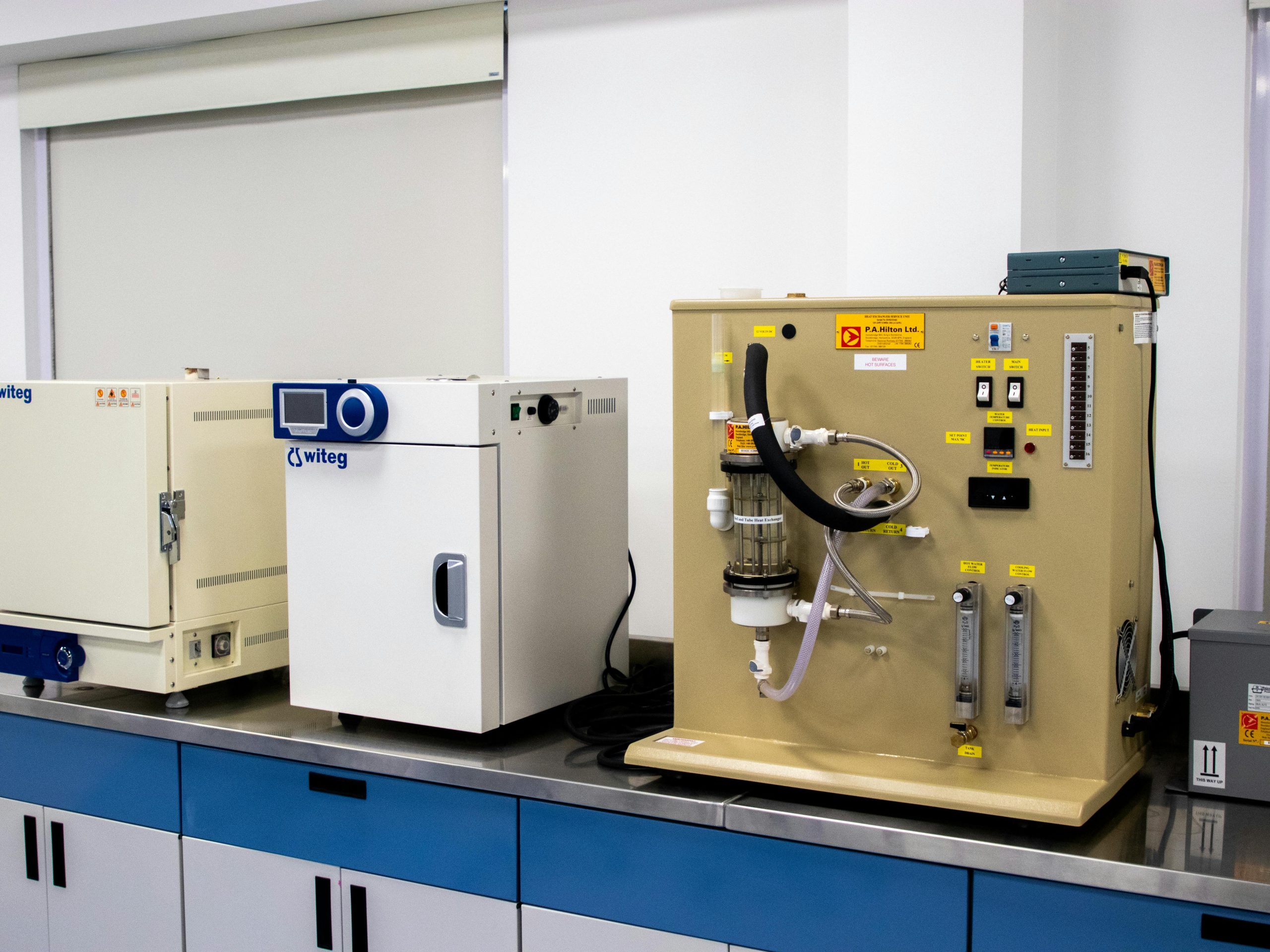Introduction
In the modern electrical industry, circuit breakers play a vital role in protecting systems from faults and overloads. Among the most commonly used types are the SF6 circuit breaker and the vacuum circuit breaker. Choosing between these two technologies depends on several factors, including environmental impact, performance, cost, and maintenance requirements. This article explores how to choose between SF6 and Vacuum circuit breaker, highlighting their features, advantages, and best use cases.
Understanding Circuit Breakers
Circuit breakers are essential components in electrical networks that automatically interrupt the flow of current in the event of a fault. They help prevent damage to equipment and ensure the safety of the electrical system. The vacuum circuit breaker and SF6 circuit breaker operate using different arc extinguishing principles. The vacuum circuit breaker uses a vacuum as the arc quenching medium, while the SF6 type uses sulfur hexafluoride gas.
What Is a Vacuum Circuit Breaker?
A vacuum circuit breaker is an electrical device that interrupts current by extinguishing the arc in a vacuum environment. When the contacts separate, the arc is formed, but due to the absence of gas or air, it quickly dissipates. The vacuum circuit breaker is especially suitable for medium-voltage applications and is known for its reliability, durability, and low maintenance.
Working Principle of a Vacuum Circuit Breaker
In a vacuum circuit breaker, the arc is formed between the contacts when they separate under load. The high dielectric strength of the vacuum causes the arc to extinguish almost instantly when the current crosses zero. This makes the vacuum circuit breaker highly efficient and reduces contact erosion. The sealed vacuum chamber ensures that no oxidation or contamination occurs, enhancing its longevity.
What Is an SF6 Circuit Breaker?
The SF6 circuit breaker uses sulfur hexafluoride gas as the arc quenching and insulating medium. SF6 gas has excellent dielectric properties, allowing circuit breakers to operate safely even under high voltages. However, unlike the vacuum circuit breaker, SF6 is a potent greenhouse gas, which raises environmental concerns.
Comparison Between SF6 and Vacuum Circuit Breakers
When deciding between SF6 and vacuum circuit breakers, several factors must be considered:
1. Dielectric Strength
SF6 gas has very high dielectric strength, making it suitable for high-voltage applications. However, the vacuum circuit breaker also offers excellent dielectric properties for medium-voltage systems.
2. Environmental Impact
The vacuum circuit breaker is environmentally friendly since it does not use any gas. SF6, on the other hand, has a high global warming potential and requires strict handling and disposal procedures.
3. Maintenance Requirements
A vacuum circuit breaker needs minimal maintenance because it has fewer moving parts and no gas to monitor. SF6 breakers require regular gas pressure checks and leak inspections.
4. Lifespan and Reliability
The vacuum circuit breaker has a longer mechanical life due to its sealed design and contact materials. SF6 breakers, while durable, may need more maintenance over time.
5. Switching Performance
Both SF6 and vacuum circuit breakers perform well under normal conditions. However, the vacuum circuit breaker is faster in arc extinction, which reduces energy loss and contact wear.
6. Cost Considerations
The vacuum circuit breaker may have a higher initial cost but lower operational expenses. SF6 breakers are often more expensive to maintain due to gas handling systems.
Advantages of Vacuum Circuit Breakers
The vacuum circuit breaker offers several advantages that make it a preferred choice in modern power systems:
- Environmentally safe and gas-free operation
- Long service life with minimal maintenance
- Compact design and lightweight structure
- High reliability and quick operation
- Suitable for frequent switching operations
These features make the vacuum circuit breaker ideal for industrial, commercial, and utility applications.
Applications of Vacuum Circuit Breakers
The vacuum circuit breaker is used extensively in medium-voltage networks, distribution substations, and industrial plants. It is the preferred solution for switchgear assemblies, transformer protection, and motor control centers. Utilities often rely on vacuum circuit breakers for feeder protection and load management.
Environmental Considerations
Sustainability is a growing concern in the electrical industry. The vacuum circuit breaker stands out as an eco-friendly solution because it eliminates the use of SF6 gas. SF6 contributes significantly to greenhouse gas emissions, whereas the vacuum circuit breaker operates cleanly and safely without harmful emissions.
Maintenance and Operational Efficiency
One of the biggest advantages of the vacuum circuit breaker is its minimal maintenance requirement. Since the contacts are sealed in a vacuum bottle, there is no need for gas monitoring or replacement. This reduces downtime and lowers maintenance costs. SF6 circuit breakers, in contrast, require continuous monitoring of gas pressure and leak detection.
Choosing the Right Circuit Breaker
The decision between an SF6 and a vacuum circuit breaker depends on voltage level, environmental goals, and long-term cost considerations. For high-voltage systems, SF6 circuit breakers remain a reliable option. However, for medium-voltage networks, the vacuum circuit breaker provides an optimal balance of performance, safety, and sustainability.
Future of Vacuum Circuit Breakers
With growing environmental regulations and technological advancements, the vacuum circuit breaker is becoming the preferred choice worldwide. Manufacturers are continuously improving its design to handle higher voltages, reduce contact wear, and enhance arc control. The vacuum circuit breaker is expected to dominate the future of circuit protection.
Conclusion
Selecting between SF6 and vacuum circuit breakers requires careful consideration of performance, cost, and environmental factors. While SF6 circuit breakers are efficient for high-voltage applications, the vacuum circuit breaker offers superior sustainability, reliability, and ease of maintenance. As industries move toward greener technologies, the vacuum circuit breaker stands as the future-ready solution for safe and efficient power distribution.



